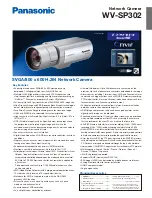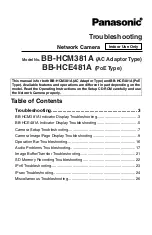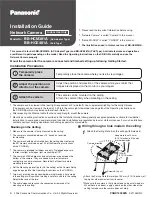
41
NED
XCM2085DLMT2
UME-0059-02
4.4 Startup
After turning on, the camera run a startup procedure before it starts getting images
and outputting data. It takes about 30 seconds.
The start-up is executed by the following sequence, and as for the camera, the
preparation for the image acquisition and the output is complete when normally
ending.
(1)The camera hardware initializes.
(2) Reads out the latest camera settings from the flash memory. (User settings if
any or factory default settings)
(3) Set up the camera with the setting value from the flash memory.
After this sequence, the camera is ready to get images and output data.
4.5 Saving and Loading Camera Settings
The camera settings data is saved in the internal memory (flash memory) and is
loaded from the memory when turning on the power supply or loading (sending the
“rfd” command).
Commands for rewriting the memory are as follows.
Reset to factory settings (rst)
Store present setup data in memory (sav)
Store pixel correction data in memory (wht)
Notes:
1) The number of times the flash memory can be rewritten will vary depending
on actual operational conditions.
2) After turning on the power supply, the camera always checks the memory
status. When it is content outside a set range due to the breakdown etc., it
automatically rewrites it in the memory setting value when the factory is
shipped.
3) If the camera power is disconnected while rewriting the memory, the whole
data saved in the memory will be deleted.
4) As it takes several seconds to rewrite the memory, do not disconnect power
supply before receiving the answer from the camera.
5) Please do when you change the exposure mode from factory setting with
external trigger signal (CC1) supplied from the frame grabber board side. If
you do not send CC1 or sending control input signals are out of the
designated range, you cannot get images and cannot change the settings.
See 4.8.2 and 4.8.3.
















































